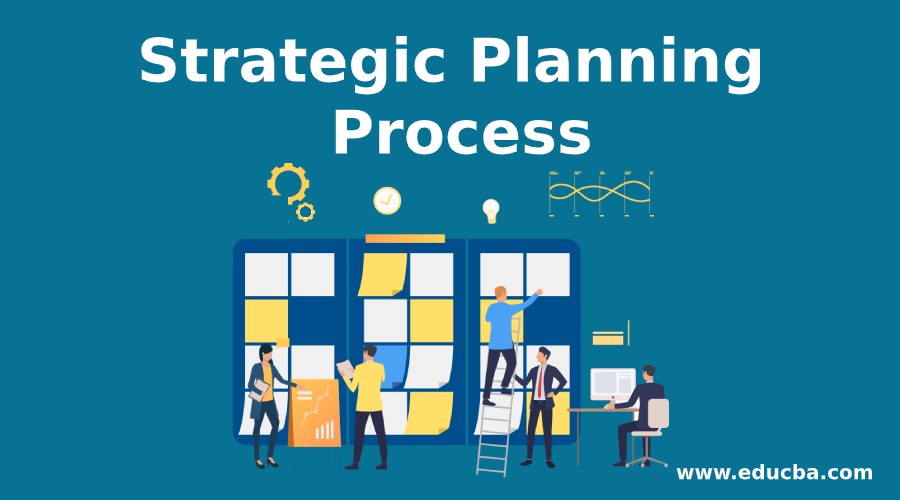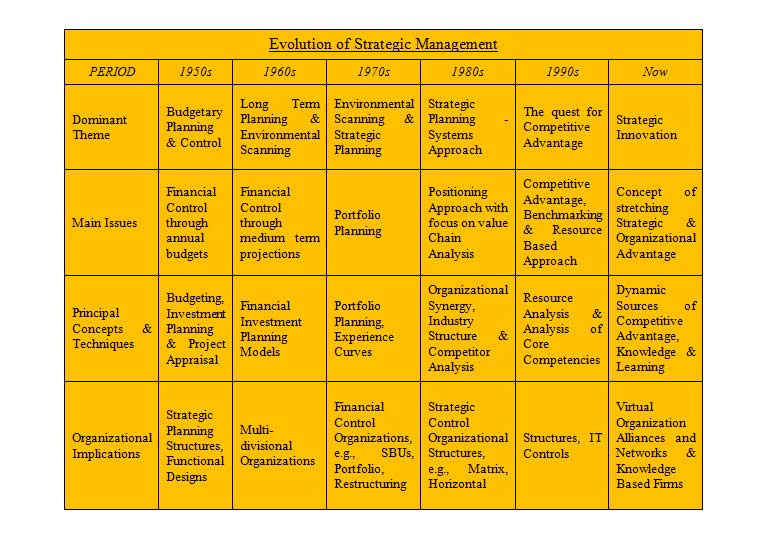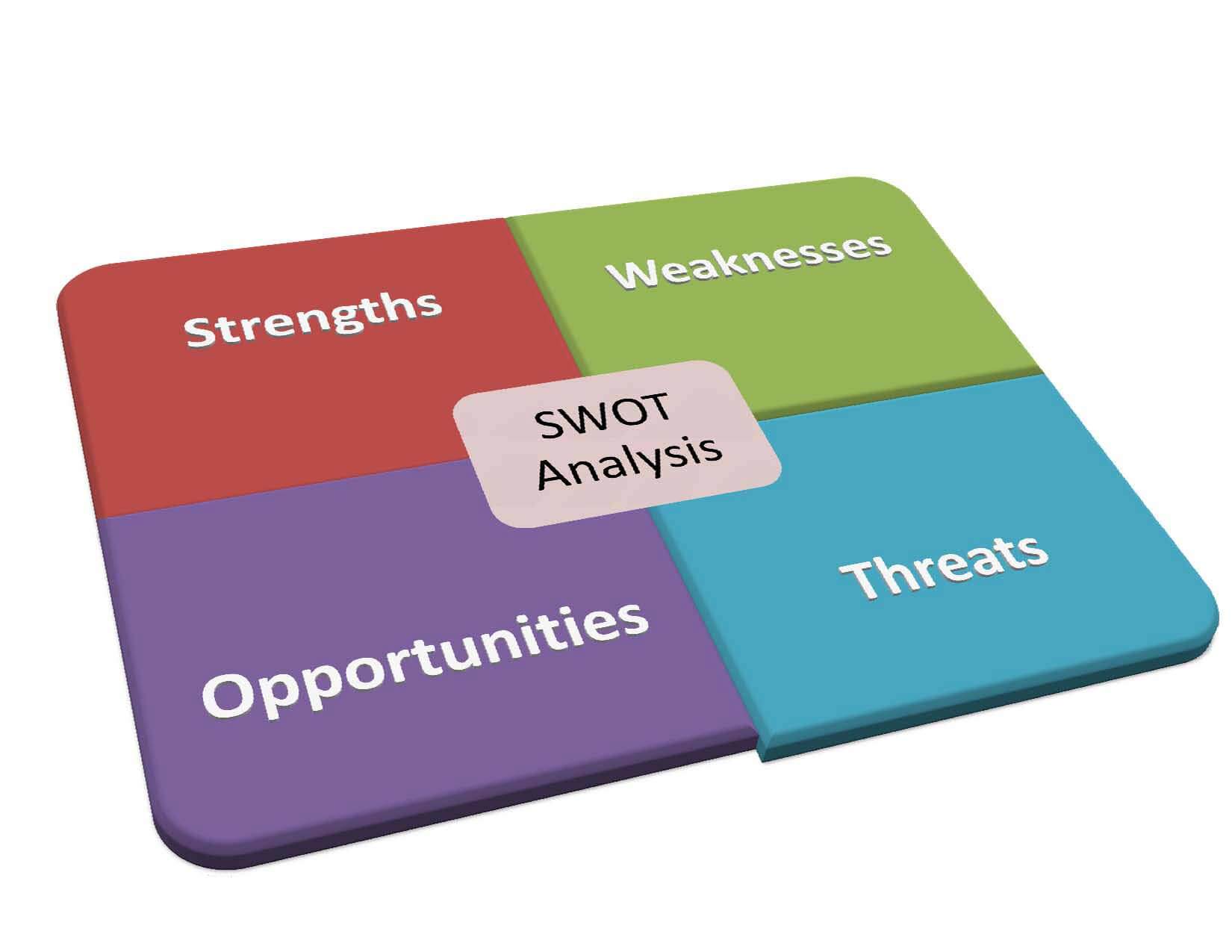
Introduction to Strategic Planning Process
Strategic management is a process of regular and continuous planning, leading, and analyzing all the necessary actions to help an organization meet its goals and objectives.
According to Sharplin, “Strategic Management is defined as the formulation and implementation of plans and carrying out of activities relating to the matters which are of vital, pervasive or contusing importance to the total organization”.
Strategy is a framework of plans or methods that help the organization achieve its main objective. Designing a course of action to achieve smaller goals that ultimately lead to the company’s main aim. The strategy has been derived from the Greek word, ‘strategos’, which means generalship.
Undertaking a review and planning process to make thoughtful decisions about an organization’s future is essential for ensuring its success. Strategy is a framework of plans or methods that help the organization achieve its main objective.Designing a course of action to achieve smaller goals that ultimately lead to the company’s main aim is essential. Originally, the word strategy was derived from the Greek word, ‘strategos’, which means generalship.
This process involves rightly defining the company’s mission and assessing its position and competitive status. This process requires a well-structured plan for allocating time optimally, human capital, and financial resources. By following a strategic planning process and leveraging strategic planning software, organizations can improve outcomes for their business and avoid taking on unexpected risks due to a lack of foresight and a futuristic approach.
There are various approaches and action steps for strategic planning. One of which has been summarized below. It is a joint attempt between the Board and staff, which can be achieved by forming a special strategic planning committee of members from the Board and staff and delegating a proper balance of authority and responsibility for the effort. The committee can do some of it, while Board and staff planning retreats are likely required during each phase of the planning process. Major steps have been described below:
Deciding on One Common Strategic Planning Process
Here we will decide on one common strategic planning process.
- Understand what it is and how it is done, its importance to the organization, towards providing a common vision, with agreed-upon objectives and strategies, and what steps can be taken to establish and implement it;
- Examine all the costs involved in doing strategic planning, in terms of human resources, time, and other resources – needed to develop an effective plan; in case of organizational instability or financial crisis or any such situation, it would not be easy or a wise decision to enter into a strategic planning process until the current problems and needs have been properly addressed;
- Agree upon one common procedure and set responsibilities at all levels in the strategic planning process, dedicating proper time for planning meetings with the Board and all staff. Depending on the members and planning, the time may range from a few hours to a couple of days.
Setting up a committee or task force for strategic planning is desirable. The coordinating group or the committee assigned for the strategic planning must consist of Board members, senior & middle managers, a representative of support/technical staff, a member representing stakeholders, and perhaps former leaders of the organization.
- It’s important to allocate ample time to the strategic planning process.
- It is essential to delegate lesser regular day-to-day responsibilities to the staff and Board members, who are the key participants in developing the strategic plan.
Evaluate and Assess the Environment
This evaluation covers both an external environment finding and fixing opportunities and threats and an internal environment — analyzing organizational strengths and weaknesses. This process is known as “SWOT Analysis,” which stands for strengths, weaknesses, opportunities, and threats.
-
External Environment
Consider political, economic, social, and technological factors and their impact on your organization. This includes changing demographics, economic and political trends, and effects of new or changing laws that affect the organization’s working, social values, communications, and other technological factors.
- Consider your immediate target audience or area carefully to know its status and demand patterns.
- Determine possible opportunities and challenges related to resources and financing.
- Identify current and potential allies and competitors, including organizations with the target audience or funding sources.
-
Internal Environment
This includes the following components.
Assess current organizational performance in terms of:
- Inputs – human and financial resources,
- Processes – methods and strategies that are operating, and
- Outputs – outcome.
- Identify both favorable and unfavorable success factors affecting the organization. Understand the factors that are necessary for the organization’s continuous success. The Board and staff can give useful information and knowledge to this process.
- Review organizational values and operating principles as these define the organization. Some organizations follow the written values and principles guiding their decision-making process and related activities.
The committee responsible for assisting with the environmental scan can contact the company’s external members, like suppliers, stakeholders, etc, to get an external view, and the staff can provide an internal assessment. The result of the environmental scan should be an analysis of organizational strengths and weaknesses and external opportunities and threats. Recorded or documented, the assessment requires close review and discussion by the committee. The meeting for the strategic planning process begins with a presentation of the results of the environmental assessment. Usually, these results are presented to the Board before the planning meetings begin.
-
Determine the important issues and questions that need to be addressed as part of the strategic planning effort
If there is some discrepancy in the organization, moving immediately to the main objective and goals is possible. Finding issue priorities and learning critical choices becomes necessary if there is no agreement on general directions and organizational goals. This might be done in several ways. For example:
- The planning committee should determine the strategic issues from the environmental assessment, with individuals identifying issues and indicating why each is strategic, including the pros and cons of addressing and not addressing it.
Whatever method is used, the discussion should reach some level of agreement about issues or choices that must be taken care of and the decisions made under the strategic planning process.
-
Define or review the values, social vision, and mission
Ensure there is an agreement on why the organization exists, what goals it seeks to achieve, and whom it serves. Begin your strategic planning process by agreeing on the following:
- The Board shares deep-rooted values or core principles that guide the organization, and staff not easily be changed.
- Vision for the community is viewed as your reflection of what the community would be like if your values were shared and practiced by all.
- Mission or the purpose of your organization’s existence.
-
Make a shared vision for the organization
It is important to focus and agree on the organization’s vision to be in three to five years or at the end of the period covered by the strategic plan.
The vision describes the organization and:
- Its mix of programs,
- Resources (human and financial)
- Reputation inside and outside,
- Key accomplishments and development, and
- Relationships with stakeholders and government;
- Its target area, target population,
- Budget and funding from public and private sources,
- Board and staff, size and composition,
- Program areas, offices, and locations.
Developing a shared vision is best done with both Board and staff involvement and coerciveness.
-
Develop a series of goals that define the organization addressing its mission
Short steps from the vision to goals – the statement that describes the vision are essentially missions. It is extremely important to divide the vision into a series of major objectives as status statements that describe the organization.
-
Concede the major strategies to attain goals and address main issues identified through SWOT
The major emphasis should be on broad strategies, which should be related to specific goals. The process requires knowing the “where you are?”, “where you want to be?” and “how to reach there?” for the organization. The Board provides a blueprint, while the staff or the planning committee does the detailed analysis. Whatever specific approach is used, particular criteria for assessing and selecting among strategies should be given consent. Thereafter, the planning committee must always consider the reasons to delegate responsibilities for their implementation properly.
-
Design an action plan that marks the goals and identifies objectives and work plans every year
After developing a strategic plan’s longer-term parts, it is time to ensure a specific work plan to start the implementation. Strategic planning describes that strategies must exhibit present conditions within the organization’s internal environment. Therefore, it becomes difficult to develop particularized annual plans except for the first or perhaps the second year covered by the strategic objective. However, yearly action plans are required. Yearly program goals should be time-based and measurable, as it shows the progress made by the organization according to the plans made. This also gives an idea of whether the strategic planning process has been done and implemented in the right manner or not. The strategic plan can include the annual plan.
Developing objectives and annual work plans require the Board’s and staff’s regular input. The staff takes up program-related goals and objectives, and the Board develops goals and objectives related to governance once the Board has defined organizational goals.
The Board must approve the action plan so the staff can develop the written plan. The staff’s expertise lies in implementing plans and strategies based on policies set by the Board.
-
Seal the final planned strategy that summarizes the decisions and consequences of the strategic planning process
No set format is required. However, it’s important to include the outcomes of each major step.
-
Build-in processes for monitoring and modifying strategies in accordance with the changes in the external environment
Development towards goals and use of strategies should be monitored regularly, with strategies re-evaluated and annual objectives improved yearly, based on the progress made, obstacles removed, and the continuously changing environment. Unexpected changes beforehand, such as favorable appointed officials, economic development, local financier’s priorities, or changing demand patterns of the target population.
- Define objectives at the beginning of every year.
- Track the progress that has been made.
- Use the plan as a compass, not an inflexible action blueprint.
The Board plays a critical role in reviewing progress and changing the strategies when needed; the staff generates the documentation and necessary information for this review, performing timely assessments and making reports to the Board.
The steps above are just one of the approaches to developing and implementing a strategic plan. Strategic planning is a joint Board-staff effort. The main planning sessions work best when assisted by someone from outside the organization who is knowledgeable about the organization, like a former senior member or someone from community-based organizations, someone who is trained in group activities and experienced in strategic planning, directed towards assuring complete discussion of issues but also task-oriented and who can take the process forward. Together these factors serve as a guide to strategic planning.
Recommended Articles
This has been a guide to Strategic Planning Process. Here, we have discussed a basic overview, a common strategic planning process, and environmental evaluation. You can also go through our other suggested articles to learn more –










